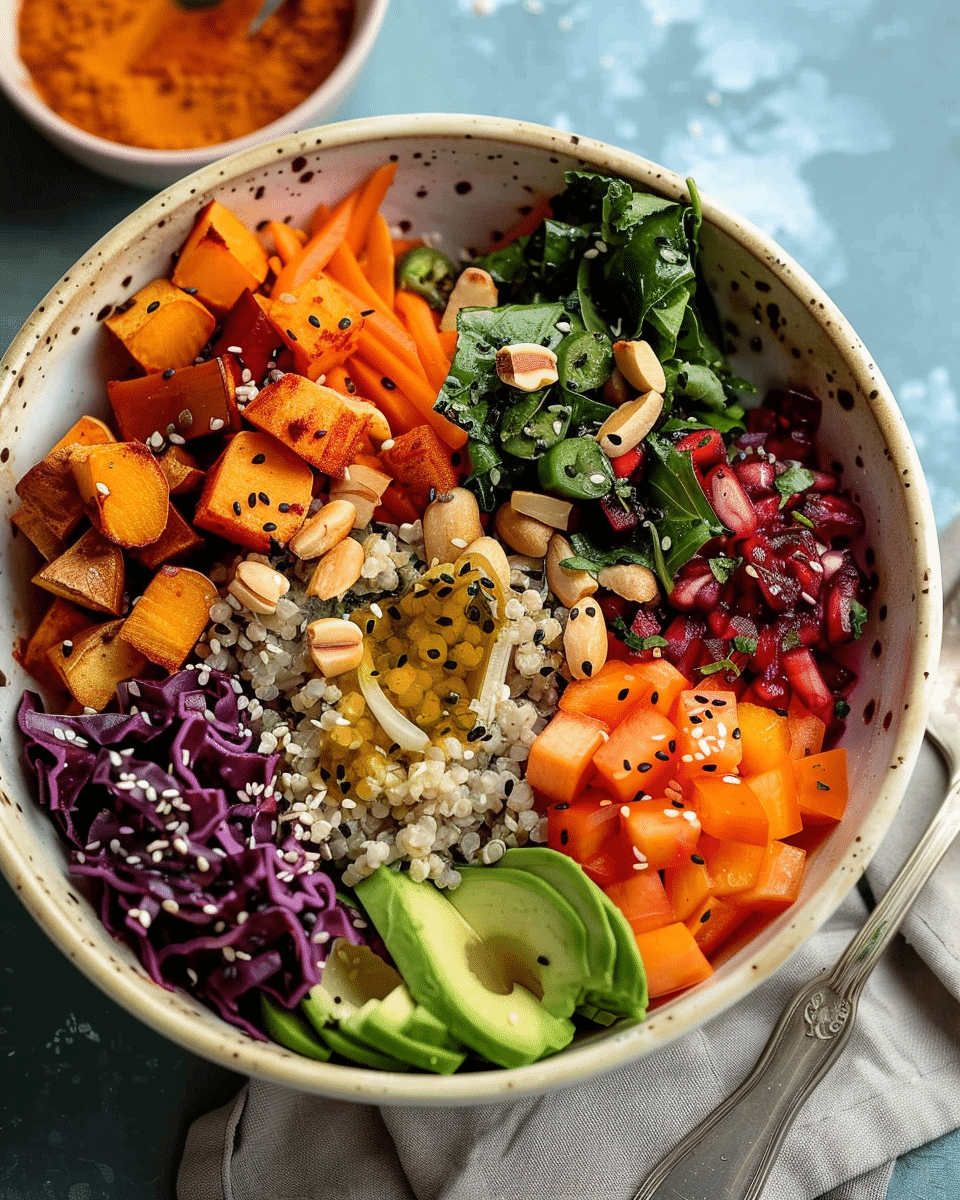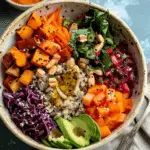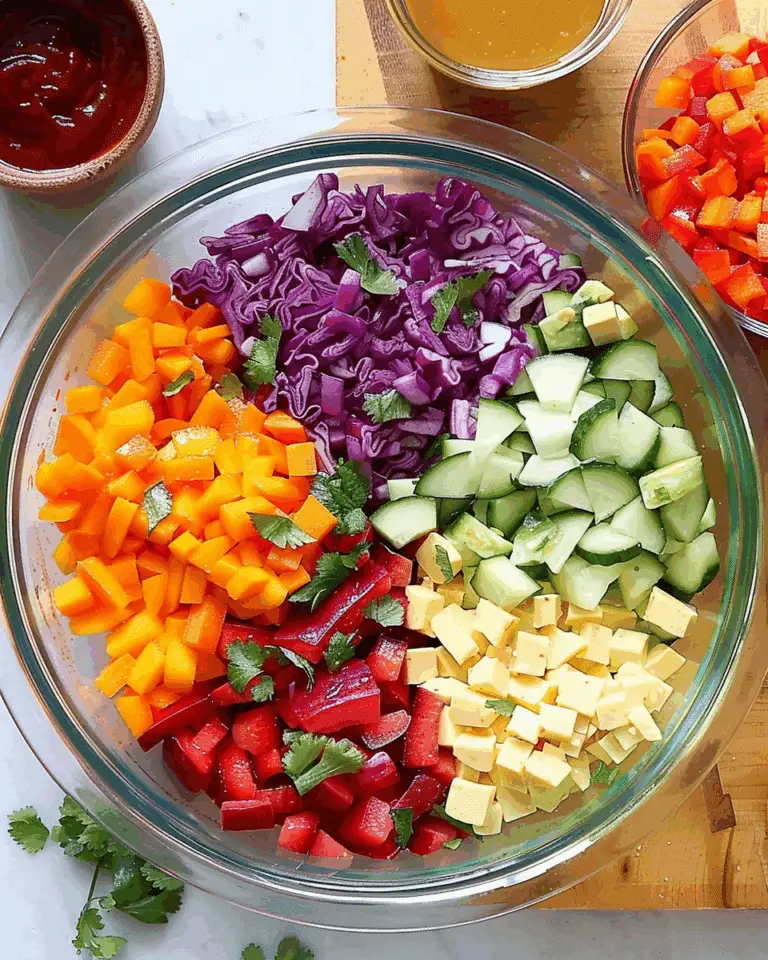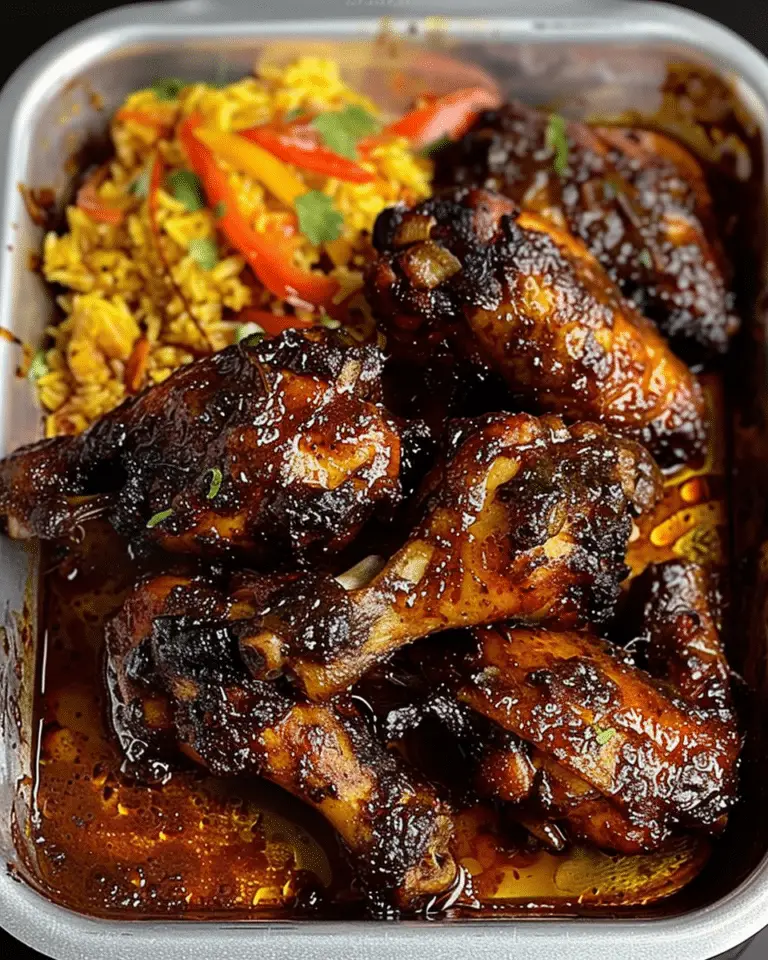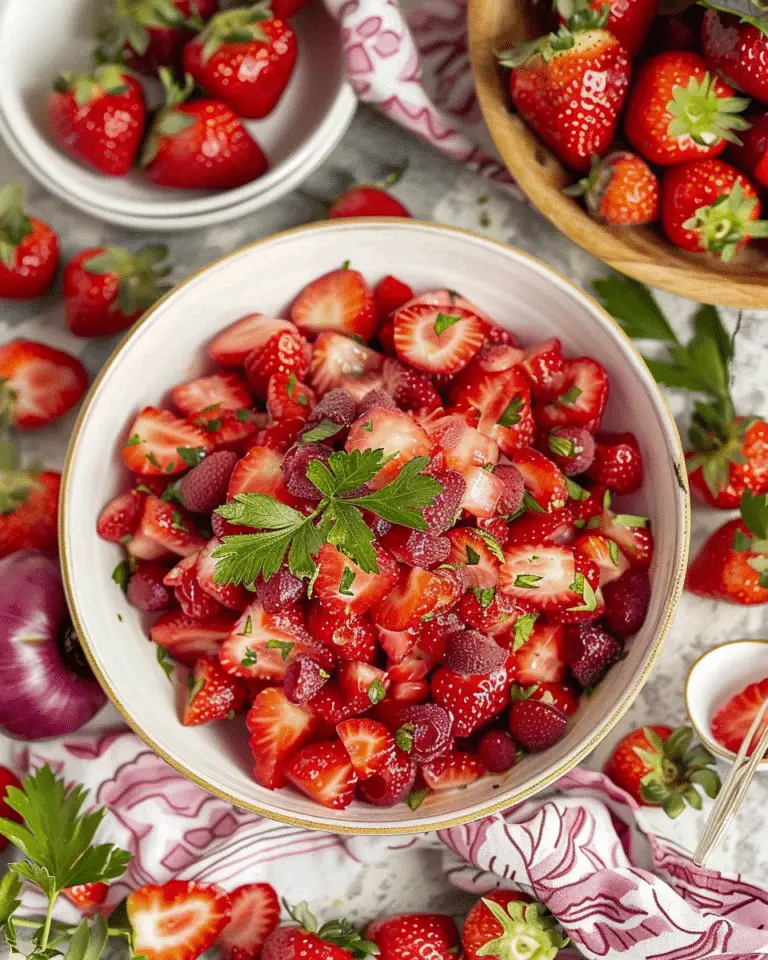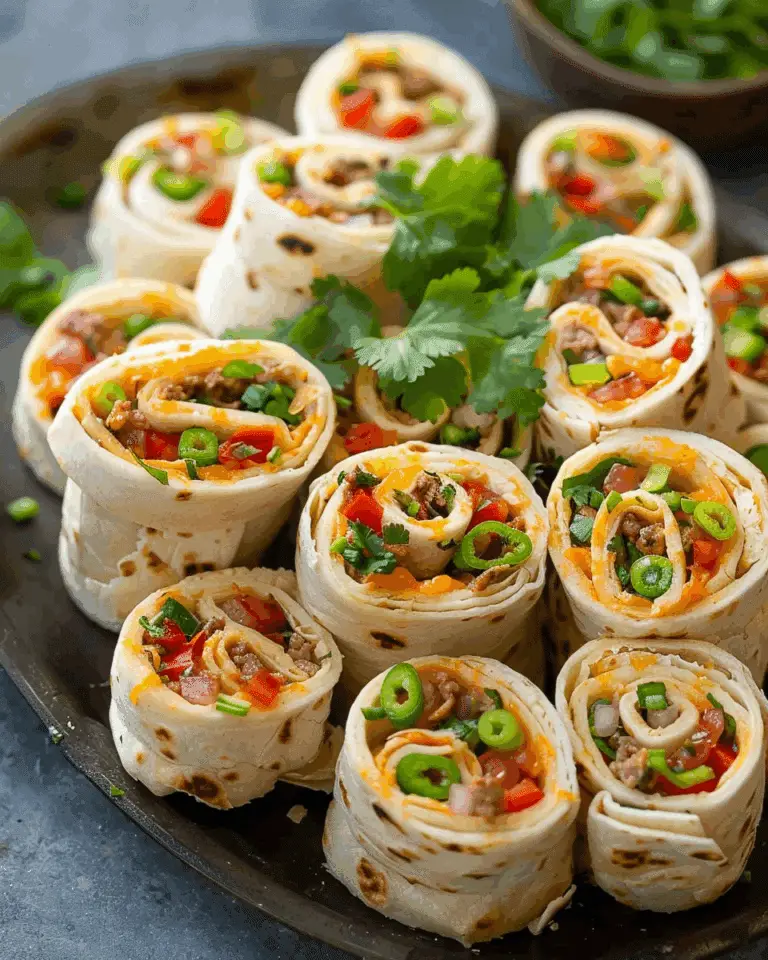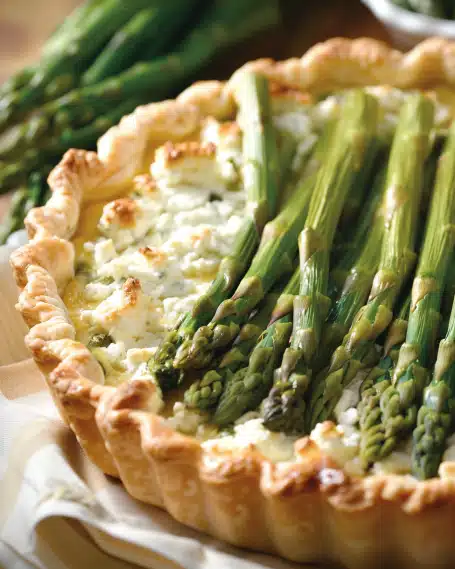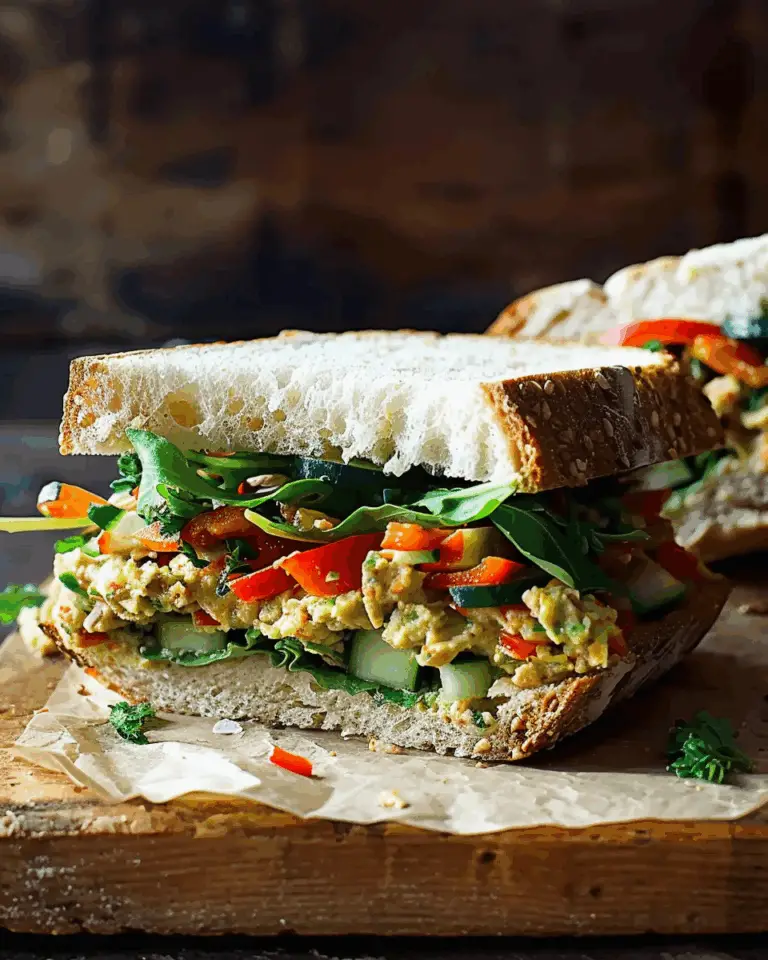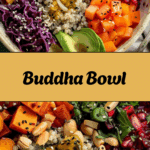Why You’ll Love This Recipe
Buddha Bowls are not only packed with wholesome, fresh ingredients but also offer a perfect balance of flavors and textures. The combination of cooked and raw vegetables, grains, legumes, and healthy fats makes for a filling and delicious meal. What makes this bowl so appealing is its versatility—you can mix and match your favorite ingredients, making it a dish that’s entirely customizable to your preferences. Plus, it’s quick and easy to prepare, making it an ideal meal for busy days or meal prep. With every bite, you get a nourishing combination of protein, fiber, vitamins, and minerals.
Ingredients
-
1 cup cooked quinoa, rice, or couscous (your choice of grain)
-
1 cup chickpeas or black beans, cooked or canned (drained and rinsed)
-
1 cup roasted sweet potatoes or butternut squash (diced)
-
1/2 avocado, sliced
-
1/2 cup shredded carrots
-
1/2 cup cucumber, sliced
-
1/2 cup cherry tomatoes, halved
-
2 tbsp hummus or tahini (for drizzling)
-
1 tbsp olive oil (for roasting)
-
1 tsp cumin (for sweet potatoes)
-
Salt and pepper to taste
-
Fresh greens like spinach or kale (optional)
(Tip: You’ll find the full list of ingredients and measurements in the recipe card below.)
Directions
-
Preheat the oven to 400°F (200°C). Toss the diced sweet potatoes (or butternut squash) in olive oil, cumin, salt, and pepper. Spread them out evenly on a baking sheet and roast for 20-25 minutes, flipping halfway through, until golden and tender.
-
While the sweet potatoes are roasting, cook your grain of choice (quinoa, rice, or couscous) according to the package instructions. Set aside to cool.
-
Prepare the veggies: shred the carrots, slice the cucumber, halve the cherry tomatoes, and slice the avocado.
-
Once the sweet potatoes are roasted and the grain is ready, it’s time to assemble your Buddha Bowl. In a large bowl, start by placing a portion of your cooked grain at the bottom.
-
Arrange the roasted sweet potatoes, chickpeas (or black beans), shredded carrots, cucumber, tomatoes, and avocado on top of the grain. Feel free to arrange the ingredients in sections for a colorful, visually appealing bowl.
-
Drizzle with hummus, tahini, or your favorite dressing. Garnish with fresh greens like spinach or kale, if desired.
-
Serve and enjoy your nourishing and customizable Buddha Bowl!
Servings and Timing
Variations
-
Add a protein boost: Add grilled chicken, tofu, tempeh, or hard-boiled eggs for extra protein.
-
Swap the grains: Try brown rice, farro, barley, or millet for different grain options.
-
Extra veggies: Add roasted Brussels sprouts, bell peppers, red onion, or steamed broccoli for more flavor and variety.
-
Spicy option: Drizzle with sriracha or sprinkle chili flakes over the top for a spicy kick.
-
Vegan dressing: Instead of tahini or hummus, make a creamy avocado dressing or use a simple vinaigrette with olive oil, lemon juice, and mustard.
-
Nuts or seeds: Add a sprinkle of pumpkin seeds, sunflower seeds, or slivered almonds for crunch.
Storage/Reheating
-
Storage: Buddha Bowls can be stored in an airtight container in the refrigerator for up to 3 days. For best results, store the dressing separately to prevent sogginess.
-
Reheating: If you’ve made multiple servings, you can reheat the roasted sweet potatoes, grains, and beans in the microwave or on the stovetop. Serve with fresh ingredients and dressing when ready to eat.
FAQs
What is a Buddha Bowl?
A Buddha Bowl is a meal that typically consists of a balanced combination of grains, vegetables, legumes, healthy fats, and a dressing, all served in one bowl. It’s a nourishing and customizable dish packed with nutrients.
Can I make a Buddha Bowl ahead of time?
Yes, you can meal prep Buddha Bowls by storing each ingredient separately in airtight containers. Assemble them when you’re ready to eat. The grains and roasted vegetables store well in the fridge for up to 3 days.
Can I make Buddha Bowls without grains?
Yes! You can skip the grains and use leafy greens like spinach, kale, or mixed greens as the base of your Buddha Bowl for a low-carb version.
What other protein options can I add?
You can add a variety of proteins to your Buddha Bowl, including grilled chicken, tempeh, tofu, chickpeas, black beans, lentils, or even a boiled egg.
Can I use frozen vegetables in a Buddha Bowl?
Frozen vegetables can be used, but it’s best to roast or sauté them to enhance the flavor and texture before adding them to the bowl.
Can I eat Buddha Bowls for dinner?
Absolutely! Buddha Bowls are perfect for lunch or dinner because they provide a balanced, filling, and wholesome meal that can be enjoyed at any time of the day.
How do I make my Buddha Bowl more flavorful?
Add flavorful toppings like a tangy dressing, spicy sriracha, lemon juice, or a sprinkle of herbs and seeds. Season your roasted vegetables with spices like cumin, paprika, or turmeric to enhance the flavors.
Can I add fruit to my Buddha Bowl?
Yes, fruit like pomegranate seeds, apple slices, or mango can add a refreshing sweetness and extra nutrients to your bowl.
How do I make a Buddha Bowl vegan?
To keep the Buddha Bowl vegan, use plant-based proteins like chickpeas, tofu, tempeh, or legumes. For the dressing, choose a dairy-free option like tahini, avocado, or a lemon-olive oil vinaigrette.
Can I make a Buddha Bowl gluten-free?
Yes, Buddha Bowls are naturally gluten-free as long as you choose gluten-free grains such as quinoa, rice, or millet. Avoid adding any wheat-based ingredients.
Conclusion
Buddha Bowls are the perfect meal for anyone looking to eat healthy without sacrificing flavor. With their colorful mix of fresh vegetables, hearty grains, protein-rich legumes, and delicious dressings, these bowls are a satisfying and nourishing option for any meal of the day. You can easily customize the ingredients to suit your dietary preferences, making it a versatile and enjoyable dish for everyone. So, embrace the vibrant world of Buddha Bowls, and get creative with your toppings, grains, and proteins for a bowl that’s full of nutrients, flavor, and love!
